-
Posts
27 -
Joined
-
Last visited
Content Type
Profiles
Forums
Articles
Posts posted by jpb
-
-
MJChristensen wrote:
I wish Panasonic would abandon the built-in, pop-up flash in favor of an articulated EVF.
+1 !
I guess you are describing the 0/-20°/-30° tilted high-def EVF of the GX8
which makes this camera the most ergonomic filmmaking tool around :
the tilt gives relief to the neck and the Leica-M position frees the left eye field of view.
-
53 minutes ago, Cinegain said:2 hours ago, Cinegain said:
. Panasonic has to keep up. Easy as that. You can't just magically make a sensor suddenly be hell of a lot more sensitive...
Dreaming for dreaming we should take into account the revolution in sensor technology
which is at our door step. Pioneered by Panasonic and Fuji-film four years ago
it is called OPF (organic photo sensor). **
The ida is to separate a very thin continuous light-sensitive layer
(a compound of carbon, arsenic, and rare earth),
from the silicon pixels which only play as electric charge collectors
and gates to the output ; no more as light sensors.
Panasonic announces a 3 stop increase in DR, twice the sensitivity, global shutter,
and last but not the least sensitivity control (like the ISO choices offered by silver halide films).
After the ISSCC (International Solid-State Circuit Conference)
held in San Francisco Jan 31 - Feb 4 2016, Albert Theuwissen wrote:
" Sanshiro Shishido (Panasonic) presented a paper on the global shutter version
of the organic photo conductor sensor. The top plate of the photo conductor
is made out of ITO and needs to be biased to larger voltages.
The overall light sensitivity of the organic photo conductor depends strongly
on the exact voltage on the ITO gate. A lower voltage on the gate
lowers the light sensitivity and actually 0 V on the gate makes the sensor even blind.
In this way one can create a global shutter functionality to the sensor \..\
(and) has the option to modulate the sensitivity during the periods
the sensor is sensitive by means of adapting the high voltage set to the ITO gate."
This is a real ISO modification which can control the charge accumulation
into the silicon pixels to prevent clipping,
There is no longer a need for any kind of neutral density filters, ever !
(note that the so called ISO sertting in current CMOS sensors only
modify the pixel preamplifier gain but is located much too late in the chain.
I would consider the 'Phase AF', '5 axis IBIS' and this 'Physical Sensitivity Control'
as the 3 must have features signaling a next gen camera from old timers.Panasonic has an ace in his hand

** InVisage with its Quantum sensor is running in the same race.
-
-
i'll definitely do a better and more controlled test soon but at least it should give you some more indication about the camera performance.. Since it's quite a long video I put some chapters in the description so it's a bit easier to navigate :-)
https://youtu.be/TzwEH_b9-3wThank you Davide, the beauty of your London and the Thames river lansdscape ala Canaletto will remain in our memories. It's so rare to see so well composed images attached to the tests of a new camera !!
Granted, the A7rII with its multilayered Exmor sensor will be a game changer for the film industry, it deserves the first owner's tests be at such a professional level for both the image content and the metadata presentation (perfect tempo btw).
-
In the first picture. If you grab on to it like that, won't the finger cover the image?

that is the reason why the Nikon way of handling an "articulated twin element camera''
by the control screen housing is more natural and fool proof.
This said (reading DPReview), the performances of this incredibly light and tiny HD camera
are unique
http://***URL removed***/articles/5778413776/dxo-one-the-world-s-first-truly-connected-camera
I can easily believe thet the convolution of the Sony BSI sensor with the DXO color science expertise
delivers skin tones of still unseen perfection.
-
reminds me of the Nikpn Coolpix 995... Which method is best for you?
these picts should help you answer my first question.
Note: For cinematographers who want to use the DxOne on 'mission critical' jobs,
DxO will certainly design an intermediate attachment to positively
lock the lens housing to the iPhone.
-
Interesting concept which reminds me of the Nikpn Coolpix 995
On the DXO One you hold the 'camera' by the lens housing then orient
the 'swiveling' screen toward your eye (like on all D cameras),
whereas on the Nikon you firmly hold the camera by the screen
(never loosing eye nor hand contact with the machine),
then orient the lens housing. toward the subject;
Which method is best for you?
One question remains, how sturdy is the USB link between the lens housing and the iPhone?
-
Interesting concept which reminds me of the Nikpn Coolpix 995
On the DXO One you hold the 'camera' by the lens housing then orient
the 'swiveling' screen toward your eye (like on all D cameras),
whereas on the Nikon you firmly hold the camera by the screen
(never loosing eye nor hand contact with the machine),
then orient the lens housing. toward the subject;
Which method is best for you?
One question remains, how sturdy is the USB link between the lens housing and the iPhone?
-
Is there any figure about the noise level of the Ursa-Mini cooling fan (if any)?
this is a problem which still plagues most digital cameras
from the latest Epic, Kinemax, ... to the Sony F65 (the still unsurpassed imager) -
There are quite some lenses that resolve more than 24MP, or at least more than 4K. To make the most of
Vista-RED, Alexa 65, Panavision 70, a fierce competition is now opened
for big screen origination domination,
and the winner will be... the one able to get the highest def, no-monster lenses.
Me think it will be Panavision with it's mysterious ultra-light glass technology. -
It would must be permanent modification.
Why not?
All interchangeable lens cameras, mirrorless or DSLR
-- in full compatibilty with the huge fleet of bayonnat mounted lenses --
should abandon their wiggling bayonet spring loaded ports in favor of
the Positive Lock system pionnered by Mitchell in the '30s.
Is it more expensive to manufacture?
You did it for the Aja Cion and I just discovered that Kinefinity does the same thing:
the "positive lock for EF/Nikon F lenses" is in good position in their Kinemax feature list:
.http://www.kinefinity.com/kinemax/?lang=en
" Lock ring rotation, not lens rotation to make sure EF/Nikon F lens locked firmly
and to be contacted well with pogo-pin contact inside of EF mount in any case." -
But if you need a faster turnaround you can just edit straight off the card with the CineForm Proxy,
but then there is a pesky caveat (à la RED Epic) found in the firmware section of their leaflet :
" Fan generates noise. You can choose Record Stop in Fan setting to make FAN stop
works temporarily: Fan works when live view; Stops when recording begins so that
it is totally quiet when recording. Strongly Recommend fan running when recording
Cineform RAW."
What is your experience on this topic? -
Julian wrote: The XC10 opinion article on dpreview is a joke...
Yes, a ridiculous one. Remember : 'editorials are becoming advertorials these days'...The only thing I like on the XC10 is its detachable eyepiece accessory which transforms
the rear control screen into an EVF.
Unfortunately it seems you can't easily adjust its line of view to the much more
confortable -5° to -10° down earth offered by all pro cameras' viewfinders. -
The adapter has support foot with mounting points. You can join it with rod system then the all set will be stable.
I see... thanks to that foot you assemble a rock solid group made of your converter, the PL ring,
the lens, the head plate, the rods and the follow-focus.The paradox is that the camera itself remains elastically suspended to the rear of the converter...
but since in normal use there is no strong torque applied to these tiny cameras,
the winggle problem practically disappears. brilliant idea !I discovered on the web you even replace the Aja Cion front housing by your converter
(no more foot in this case). Why not to do the same on E and µ4/3 cameras : unscrew the bayonnet
mechanism of the lens port and replace it by a positive lock converter ... no foot either
-
I'd prefer to record the entire sensor and do my cropping later, with frame guidelines on the LCD or EVF.
In the feature film world, all directors and camera operators are adamant : "don't touch our framing
carefully performed on stage".
But if you are the man of all hats (camera operator / editor / colorist) on a documentary film,
recording these extra pixels can help you reframe or stabilize your images on some occasions.Whatever the situation, the out-of-frame grayed area is a good alternative
to the standard white or black lines that in the fire of action your eye no longer sees...
letting you frame onto the full viewing screen.
-
these adapters should specifically be desired by people who use very heavy lenses (who value ruggedness) and can't tolerate that micro wiggle usually found in normal bayonet mounts.
It's clear that the Ciecio7 Positive Locking ring eliminates the 'micro wigle' between
the bayonnet of the lens and the adapter,
but, how do they eliminate the wigle between their adapter and the camera's spring loaded lens port?
do they screw it permanently on the camera housing?? -
this Fairchild LTN sensor is a dream for a camera manufacturer, with its 4608x2592 pixel count,
it scans images from which you can extract 4096x2304 Super35 16x9 images for 4K delivery
while you send to the viewfinder the entire non cropped image displaying the standard +12%
out of frame field of view that all professionnal filmmakers request.When designing the Aaton Delta Penelope, to clearly differentiate the extra field image
from the recorded one we were showing it in +/- bright b&w as shown in the attached image.
It would be good if a manufacturer could offer that option which better emulates a film camera OVF. -
Look at that rank and you will see Sony in places 1 to 7. Stuff like the A6000 and A7 Mk II is selling very well.
Even better in Europe and Asia where mirrorless has caught on.
Thanks to the Panasonic GH4 and Sony A7, mirrorless cameras are becoming a must for stills and 4K-video recording,
they no longer have to mimic the DSLR look (roofprism over the lens in central position) to be seen as serious pro cameras.
Since there is no optical problem to slide the eyepiece to the left side of the camera (the Leica M position), it is now possible
to let the left eye see the scene being filmed. (as a bonus this prevents the operator's nose to oil the monitoring screen...)Note that in order to avoid the camera housing to become a barrier between the filmmaker and his subject,
professional video cameras (by following the Aaton LTR and Arri SR structure) all moved their
wiewfinder eyepiece toward the lens-port plane, at a short distance of the lens axis.
I hope Canon's designers and others will remember this point when redesigning their DSLRs into mirrorless
cameras.Photoshoped picts of the NX1 and A7 show the eyepiece left position 'cleans' the upper desk,
giving more room for the right hand to rotate the setting crowns (e.g. ISO) while filming. -
I remembered this mic from the "age" of older nx models. I've been a nx user since 2011 so I guess I know "almost" everything about this system :-)
The ED-EM10 being no longer available, I am now considering to make of a small printed circuit
to enter my HiQ external audio signals.Do you have the pin allocation, and ideally the electronic schematics of the hot shoe
interface of the NX series? -
This?
http://www.samsung.com/uk/consumer/smart-camera-camcorder/smart-nx/smart-nx-accessories/ED-EM10Yes that is it !
Which means we can easily wire in the output of a zoom H2 or H4n to add a
professionnal sound to the images.
Thanks Marco.
-
Yeah your gonna have to be, 8-bit 4:2:0. We are talking about a $1500 camera here not a RED.
what a shame !
and don't tell me you have the same sad news for the 4K HDMI output
of such an hi-tech sensor (and camera). -
is somebody knowing the allocation of the six contacts
around the flash triggering one in the hot shoe of the nx500 ? (see pict)Since there is no 3.5mm jack audio input nor headphone output on this camera,
am I wrong thinking there is a chance analog audio signals can be transmitted
through these contacts? -
What is the quality level of the RAW images you can extract back from their HEVC x265 compression?
10 bit depth and 4:4:4 chroma sampling would be perfect but I guess I have to be ready for
a less desirable answer... -
Manufacturer's name is PilotFly. You can check their work in their facebook
page. https://www.facebook.com/pilotflytechPilotFly: "The official version is expected to begin shipping in mid-March.
we will announce the price soon."if this this very unobtrusive gimbal (nonetheless able to handle mirrorless SLR cameras)
is offered at about the same price as the Feiyu, it will become a must for handheld filmmaking.
Imagine the image crispness after the micro-stabilization insured by the internal floating
frame of a Sony a7-II or Olypus E-M5 II...
Thank you utkanhede.

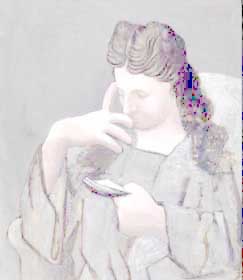

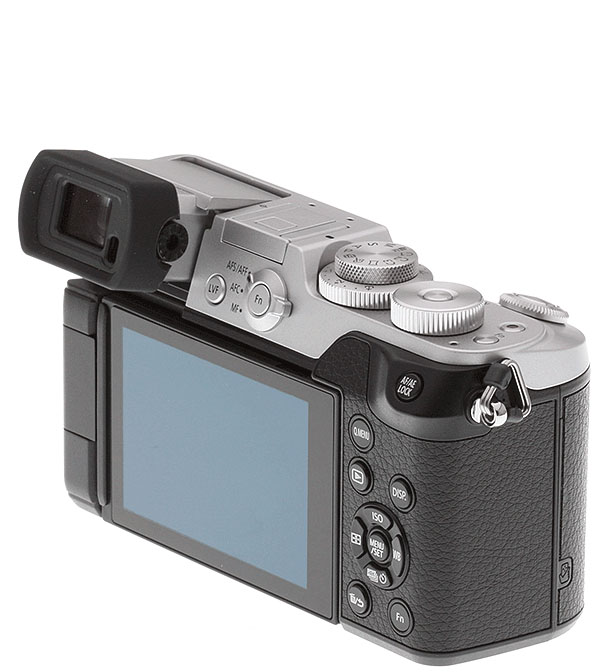

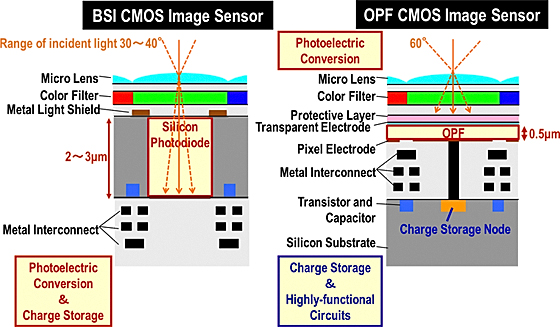
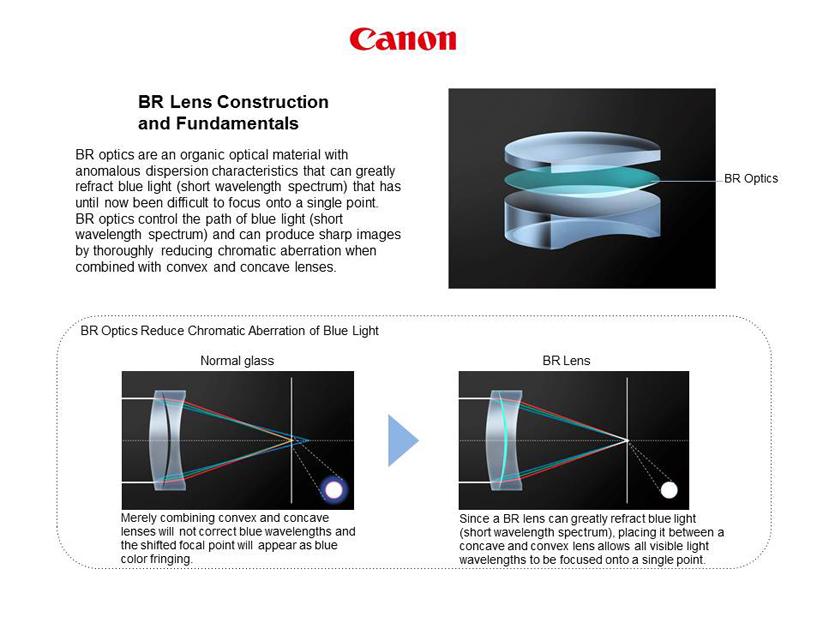
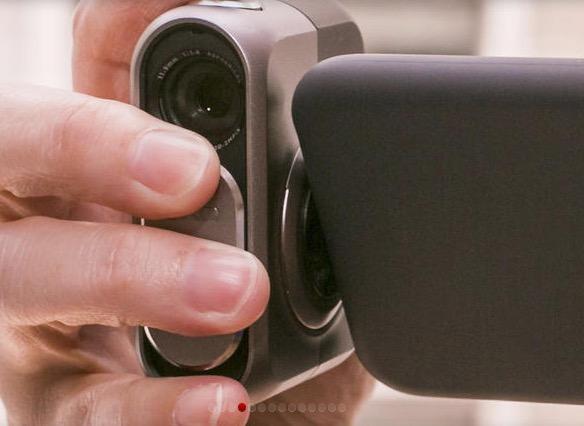
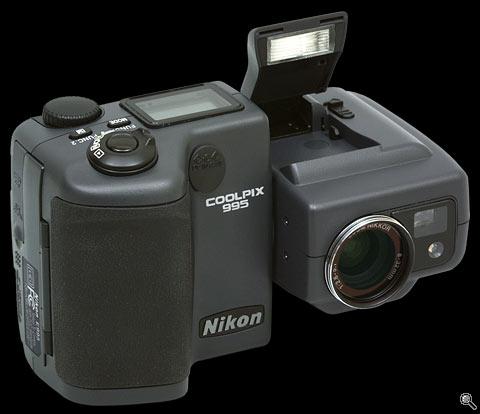
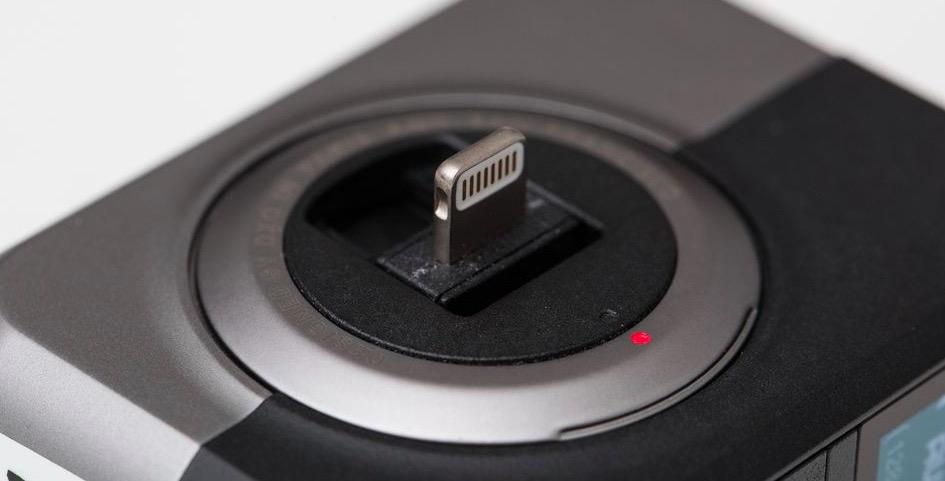

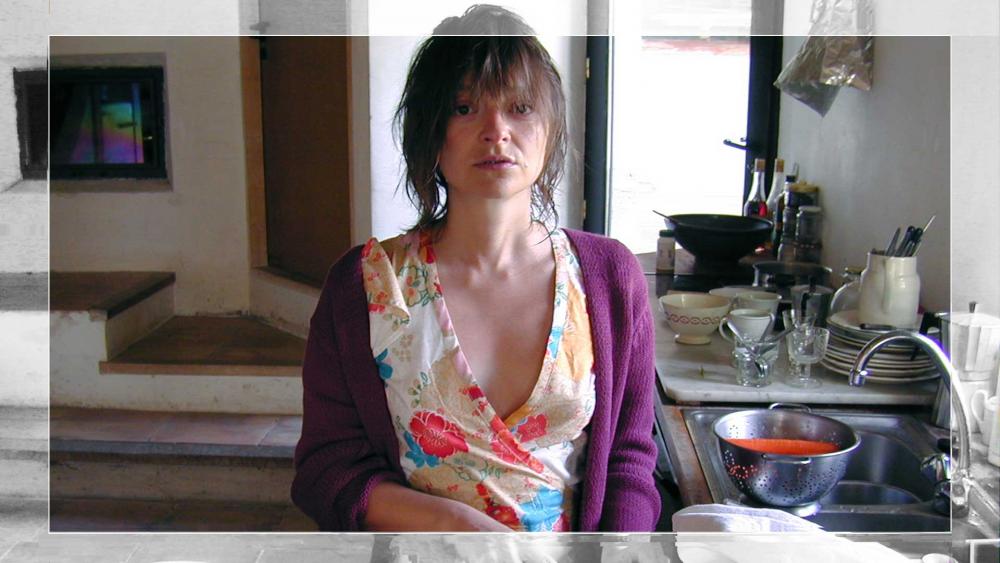
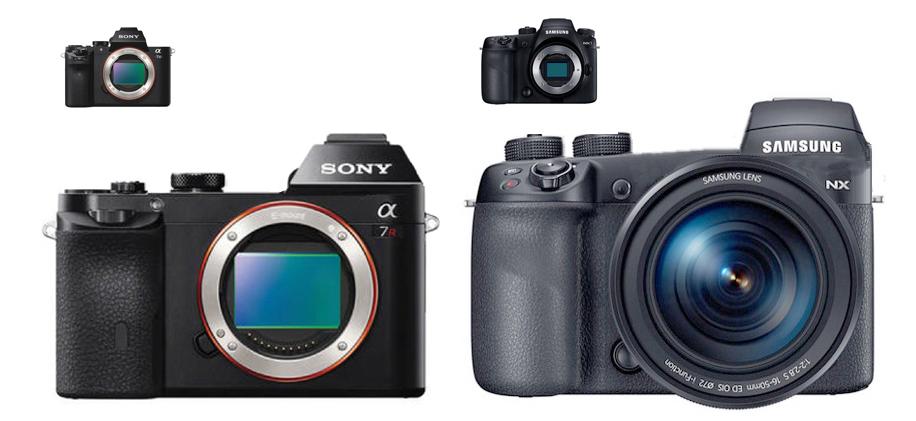
Blackmagic View Assist 4K records 4K ProRes to SD card for just $895
In: Cameras
Posted
mirrorless w/Internal 10 bits recording capabilities ? not for a while ! too much heat and battery consumption.

At that price this BMD 10bit recorder/monitor really opens up the doors to a color finesse world
for mirrorless cameras.
For over the shoulder use, switch off the screen, click the box as a recorder
to your belt, where you will also attach a cine-belt style battery, a transmitter (if needed)
and a tiny permanent DC/DC camera battery charger.
(ask Zacuttto to design a quick release hdmi cable/accessory for your camera